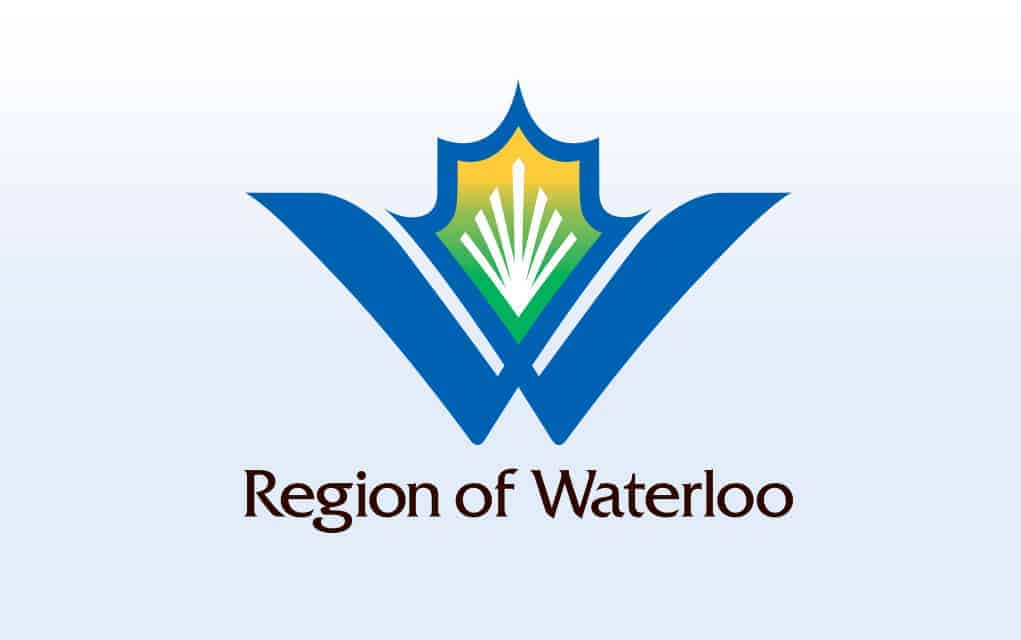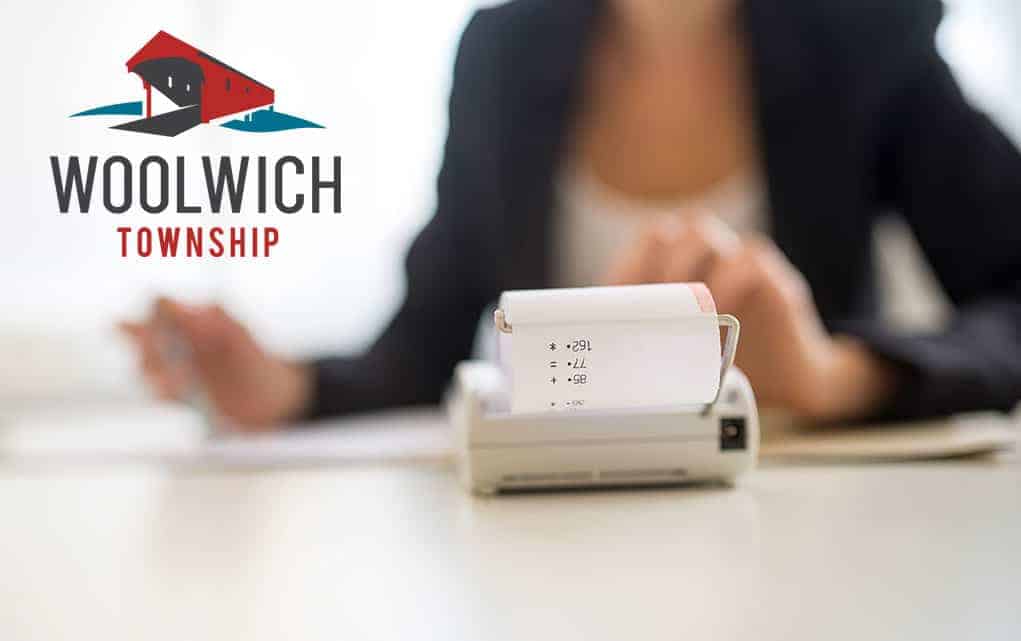;
;
;
Next Article
Township mayors fear prospect of amalgamation

Flush with cash or not, Woolwich residents will be paying more every time they push down the lever in the bathroom, as the township is hiking wastewater rates by 6.1 per cent this year. Refilling the tank will also cost more, though the water rates are increasing by a much smaller 0.5 per cent. In [
Last updated on May 03, 23
Posted on Jan 24, 19
2 min read
